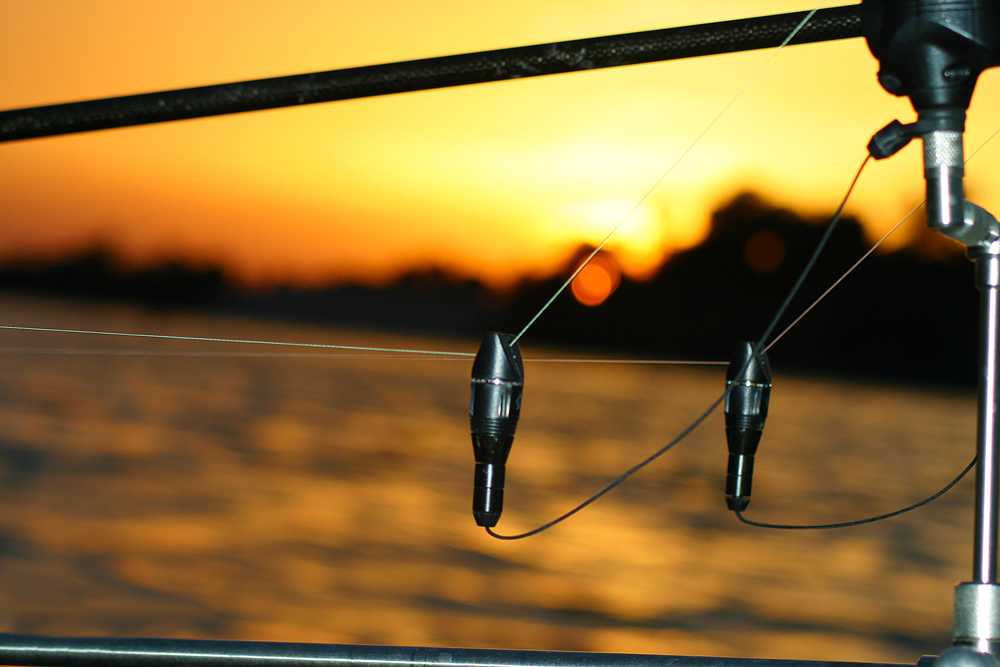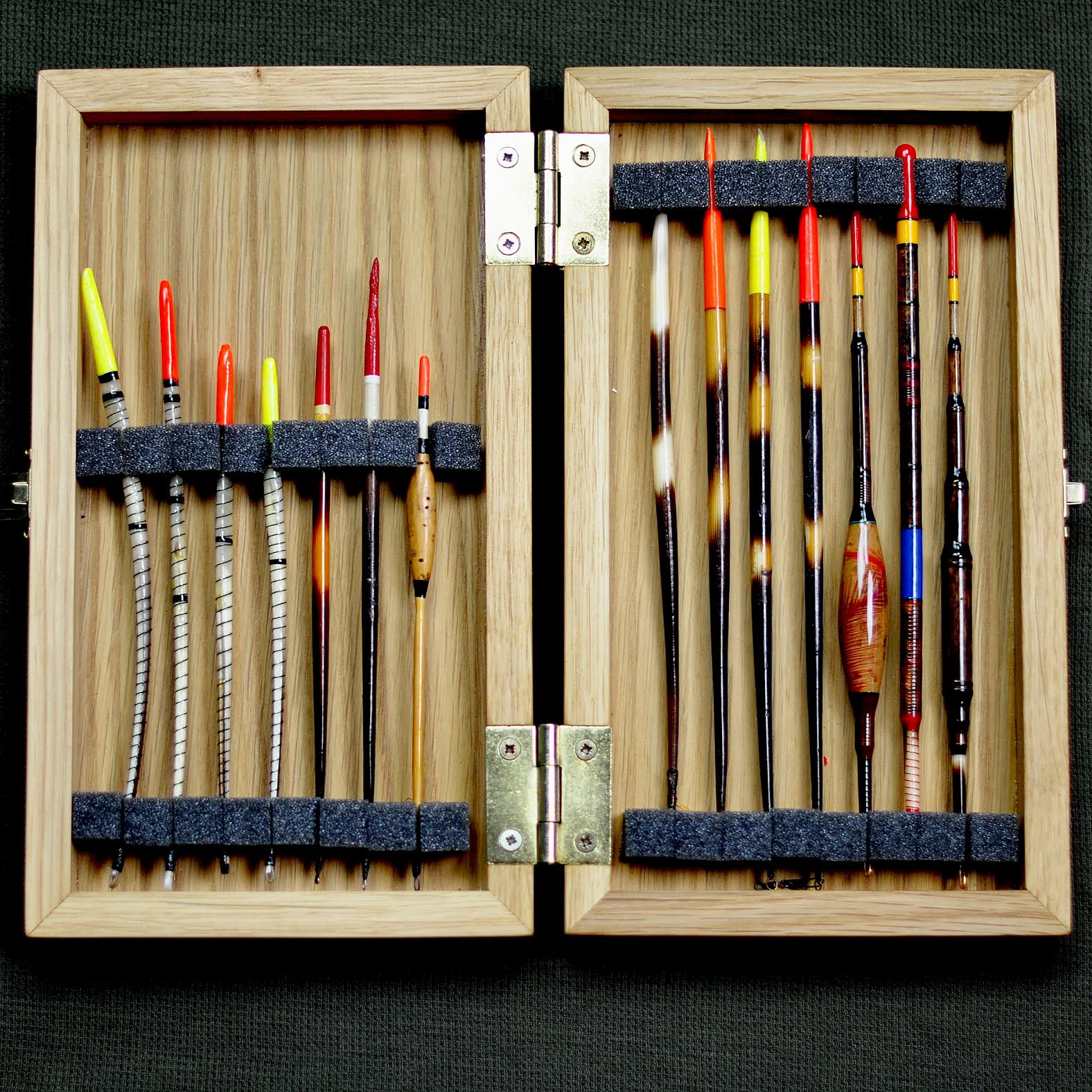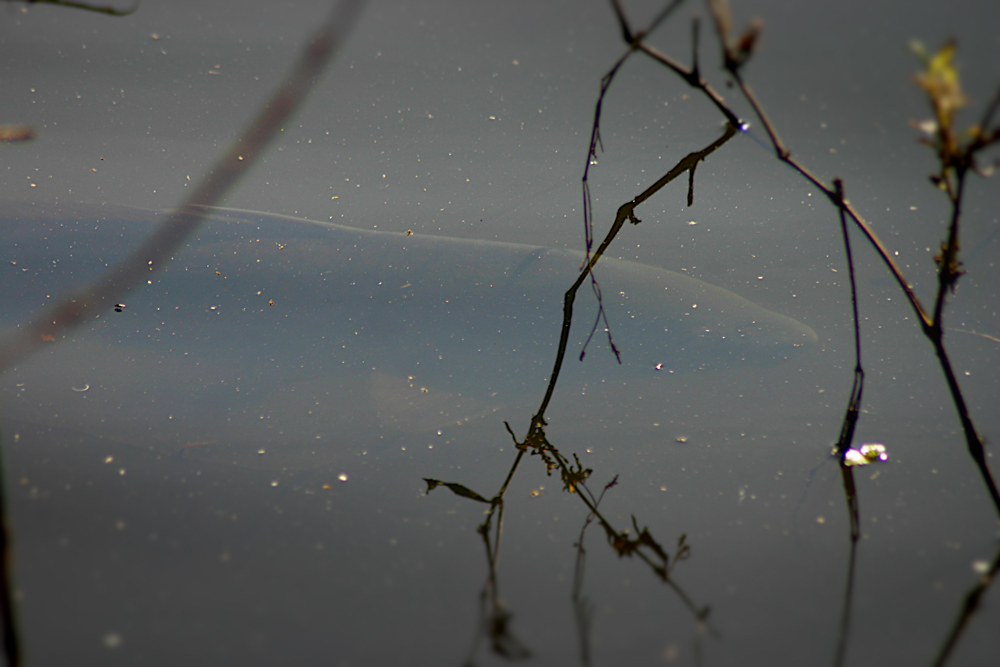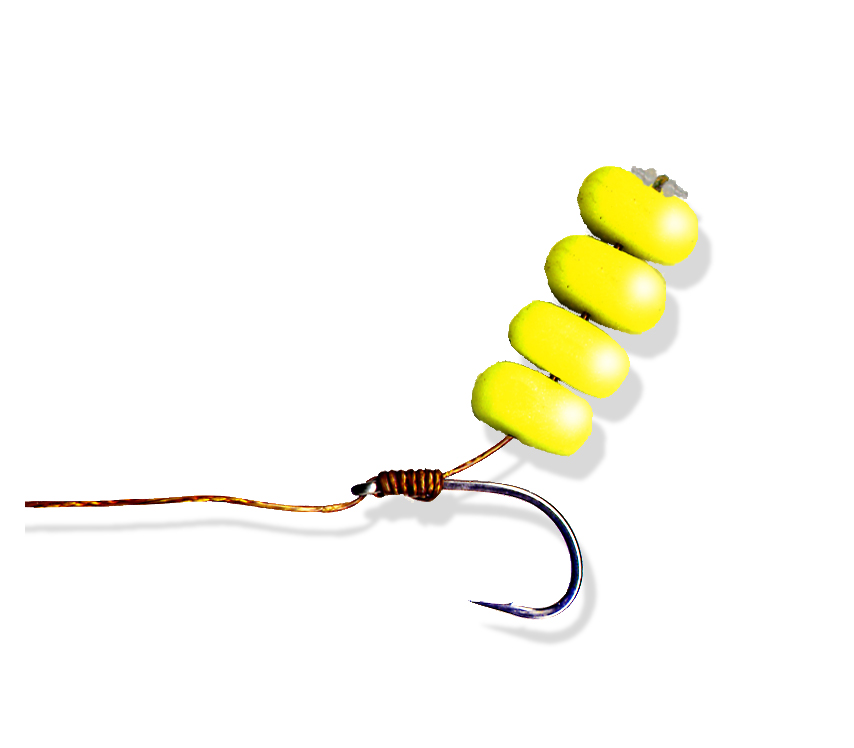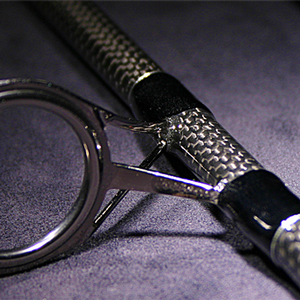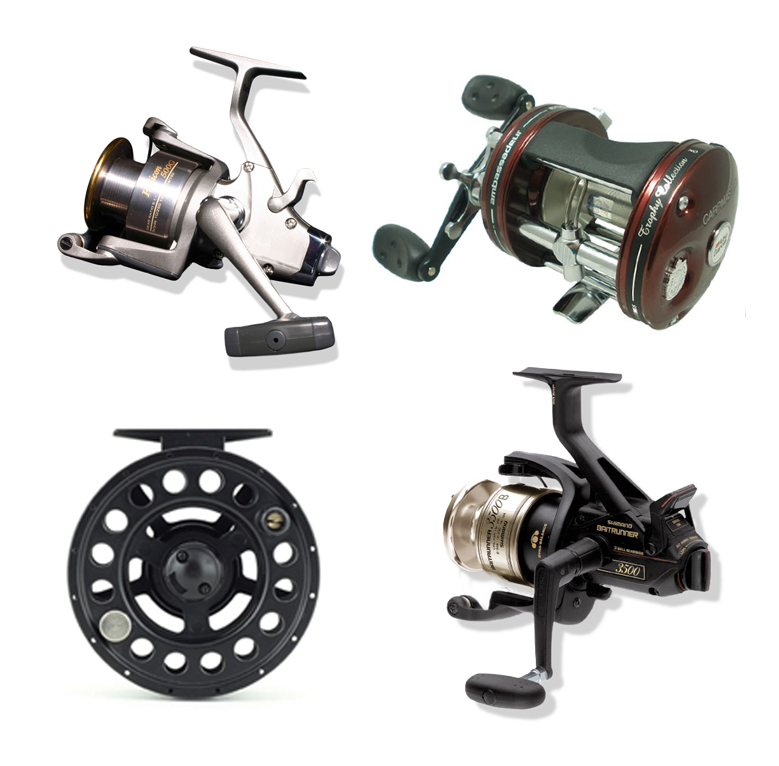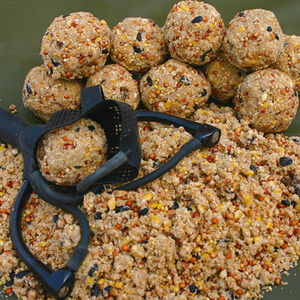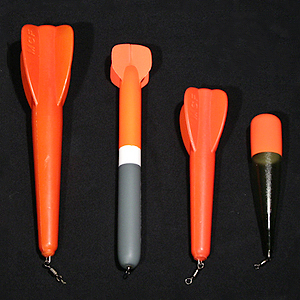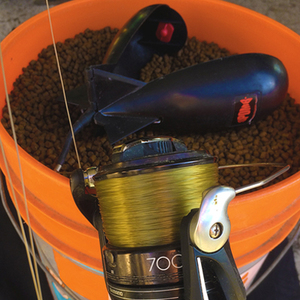The approach to Carp fishing that is often referred to here in the US as the “Euro method” developed in the UK in the 50s and 60s. It rapidly picked up pace in the latter part of the 1970s when research and development increased along with the popularity of the sport which continued throughout the 1980s to this day.
Much of the style, approach and tackle has been refined and reworked in the last 25 years to keep up with trends and increasing demand from anglers, but the foundation of all the tackle available today was laid down in those early years.
We are sure each country has its own history regarding the sport but it is commonly accepted that the present day “Euro Style” owes its foundations and momentum to the UK carp fishing scene and the resultant market that was born.
Although there is a considerable amount of information readily available to the angler on the internet covering the various approaches to Carp Angling, we feel that many aspects of the sport, especially at the entry level are presumed in many cases. We will cover both the basics and advanced techniques available today.
This is especially important here in the USA due to the following astounding figures:
Estimated number of Carp Anglers (Euro, Pay Laker, Fly Fisher styles combined) presently fishing for carp in the USA? Somewhere between 8-20 thousand.
Total number of anglers here in the USA fishing for other species? Well in excess of 44 million!
These statistics alone demand encouragement for both ‘Catch and Release' specimen Carp Angling and increasing education on the stewardship of our waterways and lakes here in the USA.
A common question asked: So, what exactly is the “Euro Style” and does it actually help us catch carp more successfully than any other approach?
We will discuss in detail the “Euro Style” and encourage you to employ the methods described. The results of your own experiences will answer the question.
The "Euro Style" encompasses many approaches/methods or ways of fishing at all levels of the water column, enabling us to catch carp whether they are feeding on the bottom, mid-level or on the surface of the lake/river.

